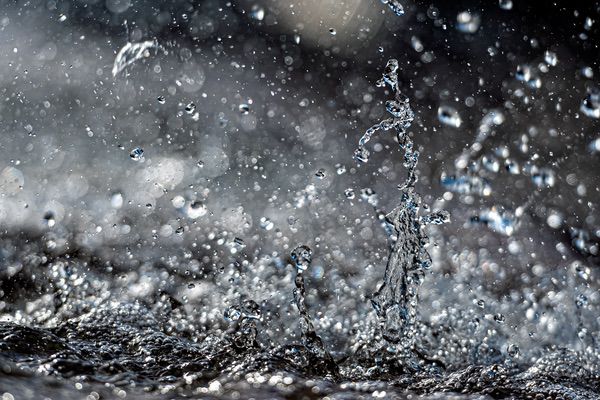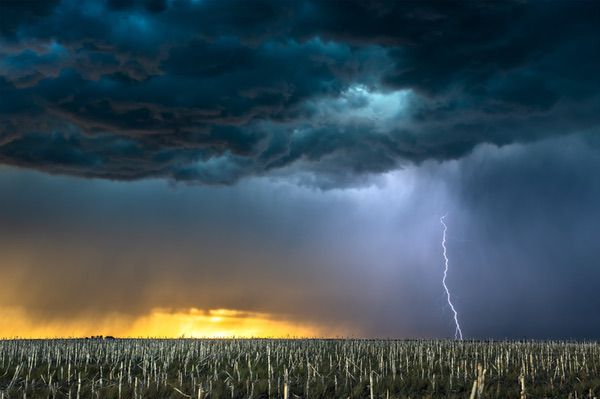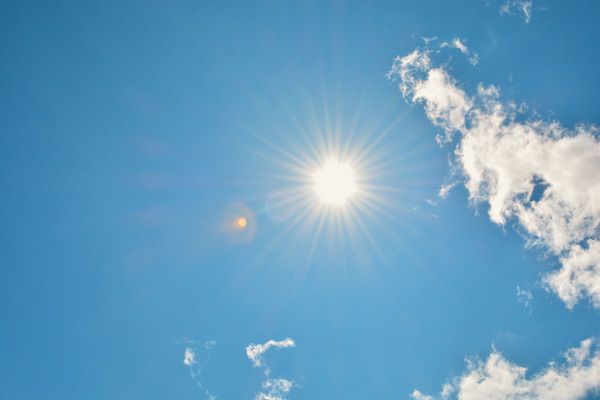Texas is a state known for its diverse climate, ranging from scorching summers to chilly winters, and everything in between. While the Lone Star State offers its residents many advantages, its dynamic weather patterns can pose significant challenges, especially for residential roofs. In this article, we’ll explore the impact of Texas weather and climate on residential roofs and discuss how homeowners can protect their homes from the elements.


- Extreme Temperatures: Texas is no stranger to extreme temperatures. In summer, the mercury can soar well above 100°F, subjecting roofs to intense heat for months on end. This prolonged exposure to high temperatures can cause roofing materials to deteriorate, leading to cracks, warping, and ultimately, roof failure. Additionally, the expansion and contraction of roofing materials due to temperature fluctuations can weaken the roof’s structure over time.In contrast, winter in Texas can bring freezing temperatures, especially in the northern regions of the state. When temperatures drop below freezing, any moisture on the roof can freeze, leading to ice dams and potential water damage. Additionally, the freeze-thaw cycle can exacerbate existing roof damage, causing further deterioration.
- Severe Weather Events: Texas is no stranger to severe weather events, including thunderstorms, hailstorms, tornadoes, and hurricanes. These extreme weather phenomena can wreak havoc on residential roofs, causing extensive damage in a matter of minutes. Hail, in particular, is a common occurrence in Texas, especially during the spring and summer months. Hailstones ranging in size from pea-sized to softball-sized can pummel roofs, puncturing shingles and causing leaks.Tornadoes and hurricanes also pose significant threats to residential roofs, with high winds capable of tearing off roofing materials and even lifting entire roofs off homes. Proper installation and reinforcement of roofing materials are essential for withstanding the forces of these extreme weather events.
- Humidity and Moisture: Texas is known for its humid climate, especially in coastal areas and during the summer months. High humidity levels can promote the growth of mold and mildew on roofs, particularly in shaded areas or where moisture tends to accumulate. Additionally, prolonged exposure to moisture can cause wooden roof structures to rot and metal components to corrode.Proper ventilation and regular maintenance are crucial for mitigating moisture-related issues and preserving the integrity of residential roofs in Texas.
- UV Exposure: Texas receives abundant sunshine throughout the year, exposing roofs to harmful ultraviolet (UV) radiation. Over time, UV exposure can cause roofing materials to fade, deteriorate, and lose their protective properties. Asphalt shingles, in particular, are susceptible to UV damage, leading to premature aging and failure. Choosing roofing materials with built-in UV protection and applying reflective coatings can help prolong the lifespan of residential roofs in Texas.


The impact of Texas weather and climate on residential roofs cannot be overstated. From extreme temperatures and severe weather events to humidity and UV exposure, roofs in the Lone Star State face a myriad of challenges year-round. However, by understanding these challenges and taking proactive measures to protect their homes, homeowners can ensure that their roofs remain sturdy and resilient in the face of Texas’ ever-changing weather conditions. Regular inspections, maintenance, and timely repairs are key to safeguarding residential roofs and preserving the safety and comfort of those who call Texas home.

